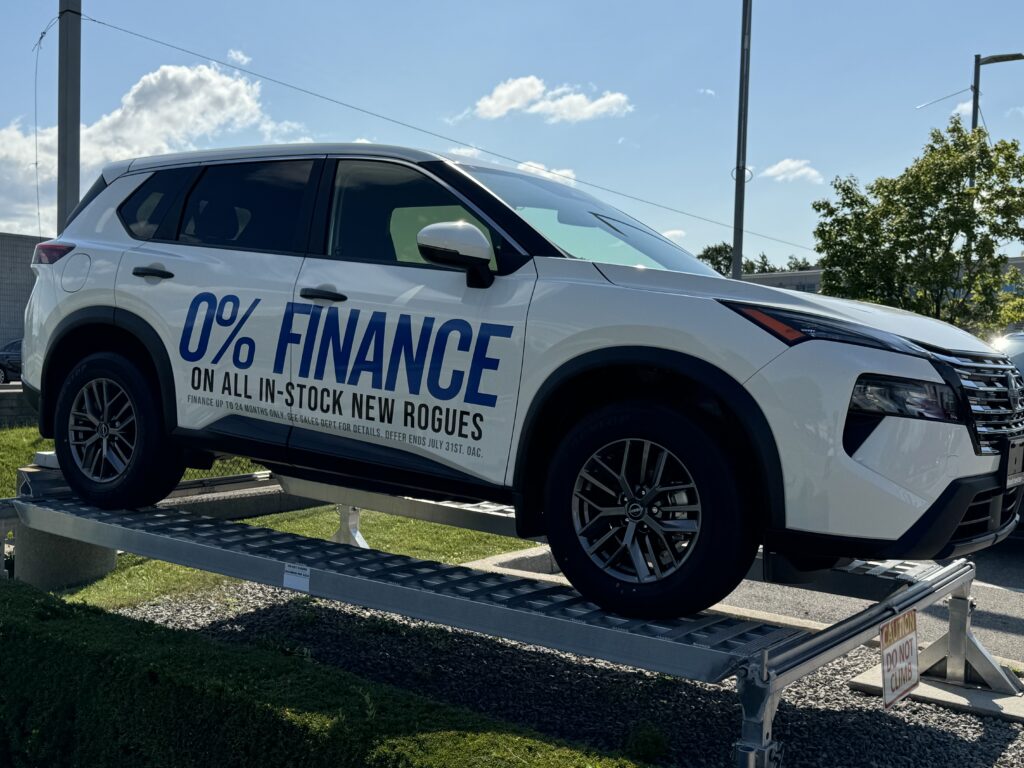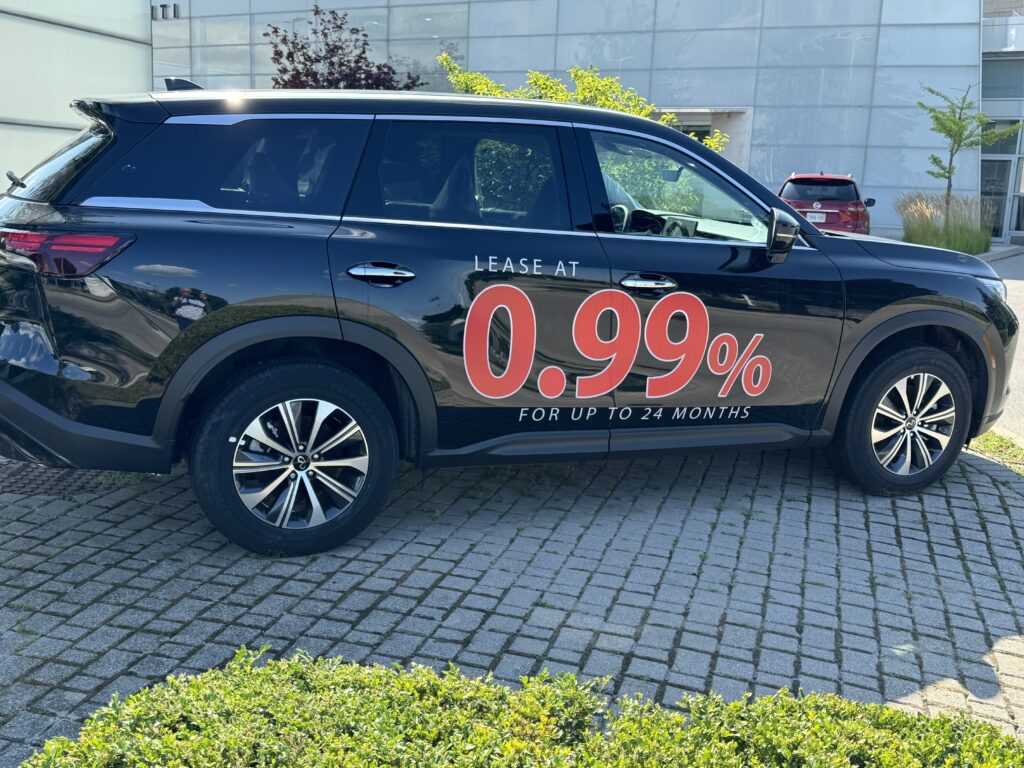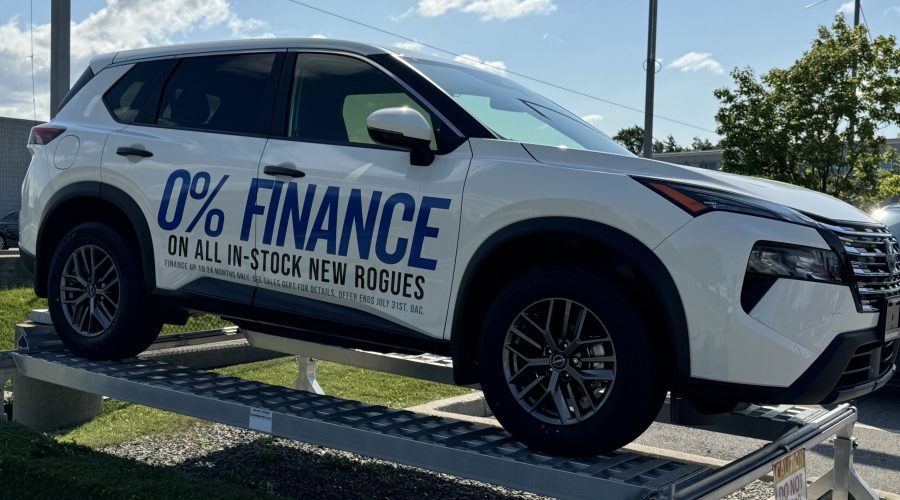We’ve previously discovered that the monthly payments for a 48-month lease and an 84-month loan are quite similar for most popular vehicles. However, you might still wonder why lease payments can sometimes be significantly lower than finance payments, while other times the payments can be nearly identical for the same vehicle just a few months later. This intriguing fluctuation in costs raises important questions for savvy car buyers.
There are several reasons for these fluctuations and new car buyers that are conducting their vehicle research as well as deciding whether to lease or finance the acquisition must understand what affects the price and the payments.
Here are five main factors:
Interest Rates: To boost sales, car manufacturers (OEMs) often subsidize (lower) interest rates to create more affordable monthly lease or loan payments.
Interest rates play a crucial role in determining payment amounts, so new car buyers should always compare the interest rates for both loans and leases during their payment research.
Factory Rebates/Discounts: For decades, OEMs have used factory rebates as a strategy to temporarily lower the price of a new vehicle without disrupting the market or damaging the reputation of a specific car model. These rebates often come with conditions, such as being available only for cash purchases, finance purchases, or as “lease cash” for factory leases. New car buyers need to research all available factory rebates to ensure they are applied to their deal and to determine which payment plan offers the most rebate money.

Extended Terms: Not long ago, vehicle leases and loans rarely exceeded 36 months (3 years). Today, lease terms can extend up to 60 months (5 years) and loan terms can stretch to 96 months (8 years). Longer terms result in lower monthly payments. However, new car buyers should ask for an interest rate schedule from the dealership because OEMs often increase interest rates for longer-term leases and loans. Buyers should also remember that unless the interest rate is 0%, longer term means paying more interest over the life of the loan or lease.
Dealer Discounts: Despite the low markup on new cars (usually less than 6%), dealerships are often willing to negotiate discounts. Factors such as excess inventory, aged inventory and month-end sales targets can motivate dealers to offer better prices. These discounts effectively reduce the monthly payments on both loans and leases. Don’t hesitate to discuss pricing reasonably and respectfully with your dealership.

Residual Values (Leases Only): The OEM’s financial services division determines the residual value for their leases, which is a percentage of the MSRP. A higher residual value percentage results in a lower lease payment. OEMs can increase the residual percentage as an incentive to lower the lease payment without offering a lower interest rate or lease cash incentive. Each lease term has its own unique residual percentage, so don’t assume a 60-month lease will have a lower payment than a 39-month lease. Many premium brands use that 39-month term because the vehicle is returned with plenty of warranty and very positive market value.
The OEM might promote 39-month leases by setting a higher residual percentage for that term. Ask your dealership for a schedule of lease payments with different terms to compare.
Once you’ve set your payment budget for your next new car, your goal is to find a vehicle that fits within that budget. Use the information in this article to lower your monthly payment with the knowledge and insights you’ve gained.Visit CarCostCanada® to use their build, price and calculator tools to create your vehicle shortlist and guide you toward the best purchasing decision. CarCostCanada is a one-stop shopping tool that lets you do all your pricing research in one place, eliminating the need to visit multiple OEM websites.
James Matthews is the President, General Manager and Co-Founder of LeaseBusters. James launched LeaseBusters in 1990 and is considered one of Canada’s leading experts on new vehicle leases, lease-take-overs and vehicle lease (re)marketing. James can be reached directly at jmatthews at leasebusters.com







